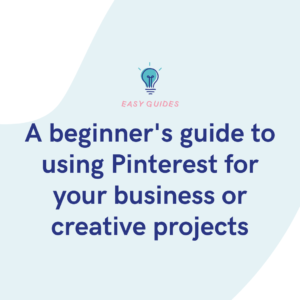Marketing has come a long way over the years. What started as shouting about your products in a public place in person, has turned to shouting about it in a public place online.

Marketing has undergone significant transformations over the past two decades, adapting to the evolving landscape of technology and consumer behaviour. What once worked, won’t always work now. Things have adapted and evolved over time. Especially with the use of internet. Let’s take a journey back in time to see what marketing looked like 20 years ago.
Traditional advertising dominance
Twenty years ago, traditional advertising channels like television, radio, print media, and billboards reigned supreme. Companies allocated significant portions of their marketing budgets to these channels to reach their target audience. TV commercials, magazine ads, and radio spots were the primary means of reaching consumers.
Limited data insights
Data analytics and insights were in their infancy compared to today. Marketers relied heavily on demographic data and market research surveys to understand their audience. However, these insights were limited compared to the sophisticated data analytics tools available today. Now, we are able to learn a lot more about how our marketing is performing.
Mass marketing approach
Marketing campaigns were often broad and aimed at reaching the largest possible audience. Personalisation and targeted advertising were not as prevalent, leading to less relevant messaging for consumers. Marketers focused on creating catchy slogans and memorable advertisements to capture attention.
Print catalogues and direct mail
Direct mail and print catalogues were popular marketing tools, especially for retail businesses. Companies sent out catalogues showcasing their products directly to consumers’ mailboxes. This approach aimed to drive sales and promote brand awareness through tangible, physical materials. But, now, there’s a push on paper free and with the internet, it’s possible.
Limited online presence
The internet was still in its early stages, and online marketing was not as prominent as it is today. Websites were static and served primarily as digital brochures rather than interactive platforms. Social media platforms like Facebook and Twitter were just beginning to emerge, and their potential for marketing purposes had not yet been fully realised.
Word-of-mouth marketing
Word-of-mouth marketing played a significant role in shaping consumer perceptions. Recommendations from friends, family, and colleagues carried considerable weight in influencing purchasing decisions. Positive word-of-mouth could propel a brand to success. However, negative reviews could damage its reputation.
Television infomercials
Infomercials were a popular marketing tool on television, especially for promoting products such as kitchen gadgets, exercise equipment, and beauty products. These long-form commercials provided detailed demonstrations of products. Often they included special offers to encourage immediate purchases.
Event sponsorships and promotions
Companies frequently sponsored events or partnered with celebrities to promote their products or services. Sponsorship of sports events, concerts, and cultural festivals provided opportunities for brands to increase visibility. It also meant they could connect with their target audience in meaningful ways.
Marketing twenty years ago was characterised by traditional advertising channels, limited data insights, and a mass marketing approach. Print catalogues, television infomercials, and word-of-mouth marketing were strategies used by companies to reach consumers. The digital revolution had yet to fully take hold, and online marketing was still in its early stages.






